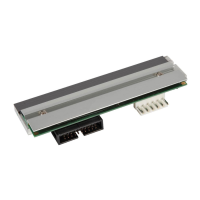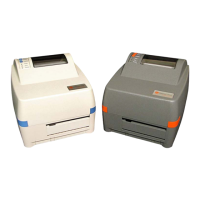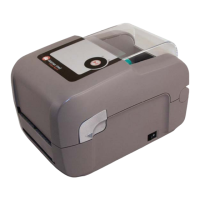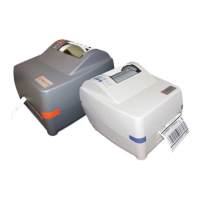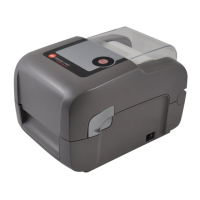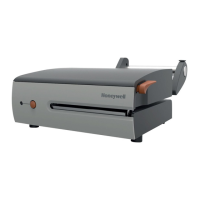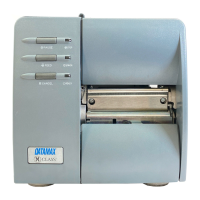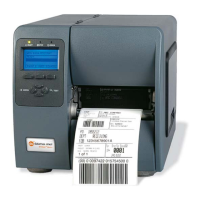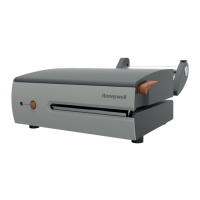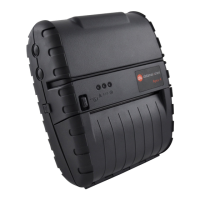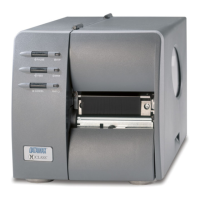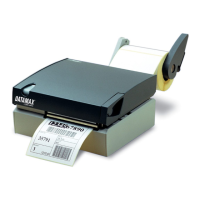What to do if my Datamax I-4206 can not load media through the optional cutter?
- QqbeckJul 30, 2025
If your Datamax Printer can not load media through the optional cutter, ensure the cutter and cutter cable are correctly installed. After installation, plug in and turn ‘On’ the printer. Listen for the cutter blade to rotate and position itself. If the problem persists, call for service.
